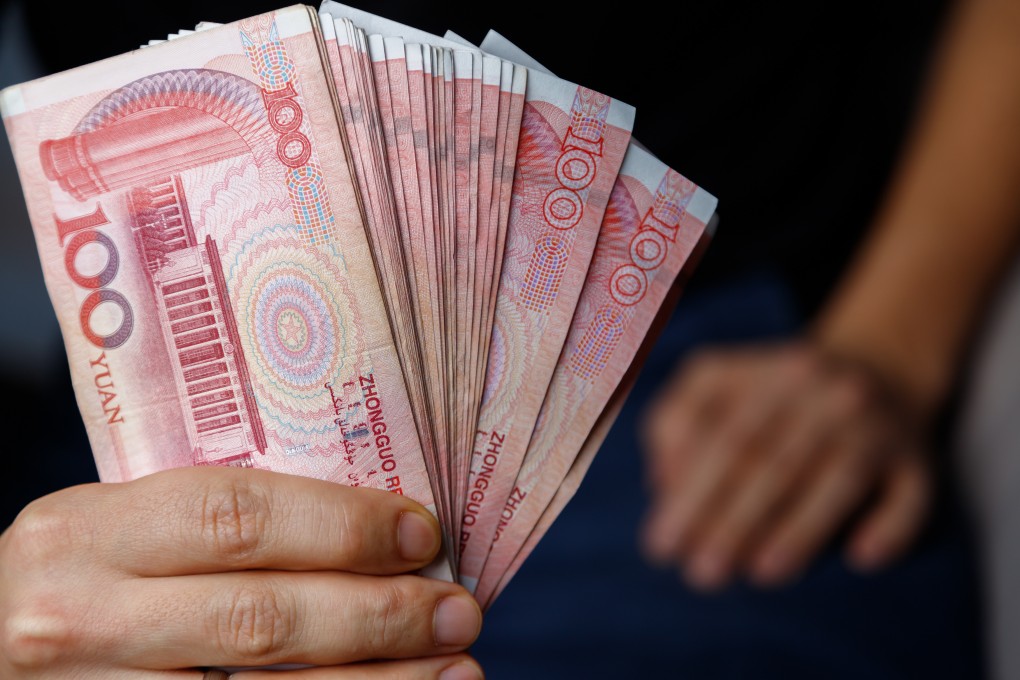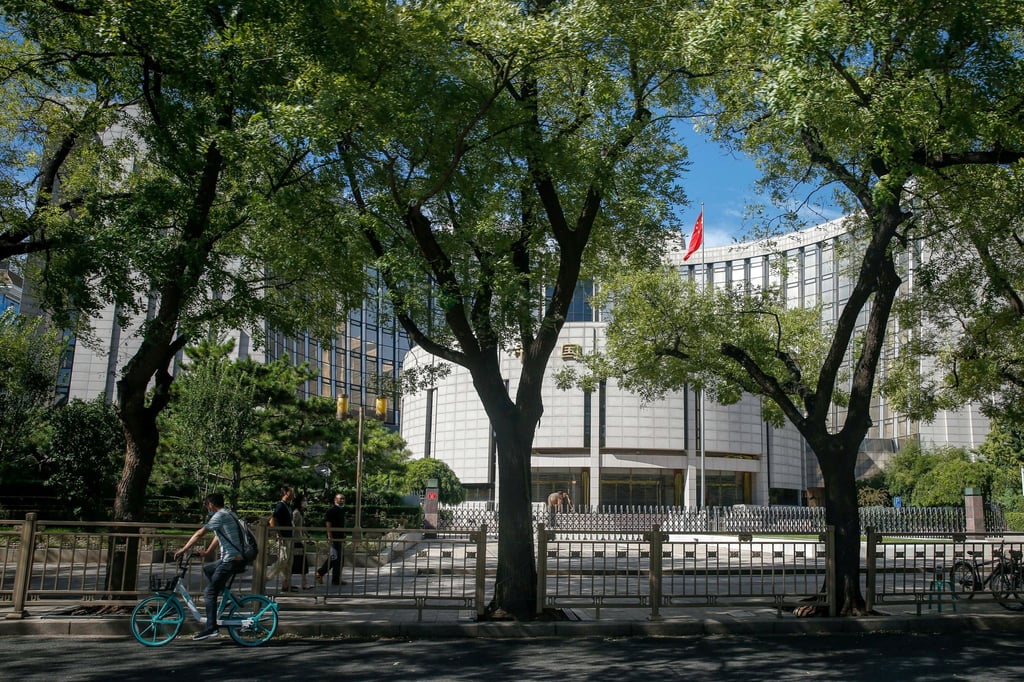Editorial | There is little to fear if China’s yuan depreciation is properly managed
- The People’s Bank of China is right to try to manage the pace of the currency’s drop – but not reverse its direction – to prevent shocks to the system

Like most other currencies, the yuan recently has had to contend with the rising US dollar. So, measured against the greenback, its depreciation may seem large.
But this in itself, contrary to some foreign commentaries, is not all that concerning. When compared to a basket of other major currencies, it has barely changed.
China’s central bankers are concerned more with the pace and magnitude of changes in the value of the yuan, rather than its moves up or down as a temporary trend. In Beijing nowadays, and especially before the Communist Party’s all-important 20th national congress next month, stability is key, and that applies to the yuan as much as anything else in China.
In this regard, the People’s Bank of China still has plenty of ammunition to manage a steady depreciation if necessary.

To be sure, August’s foreign reserves came in at a lower-than-expected US$3.0549 trillion, down by 1.6 per cent, or US$49.2 billion from a month earlier. The drop was mostly due to declines in asset prices because of the US dollar’s sharp gains.
The yuan has weakened by 3.3 per cent against the dollar in the past three months, and by 9.5 per cent so far this year. But against an index of 24 other exchange rates, it is where it was during the same period.
